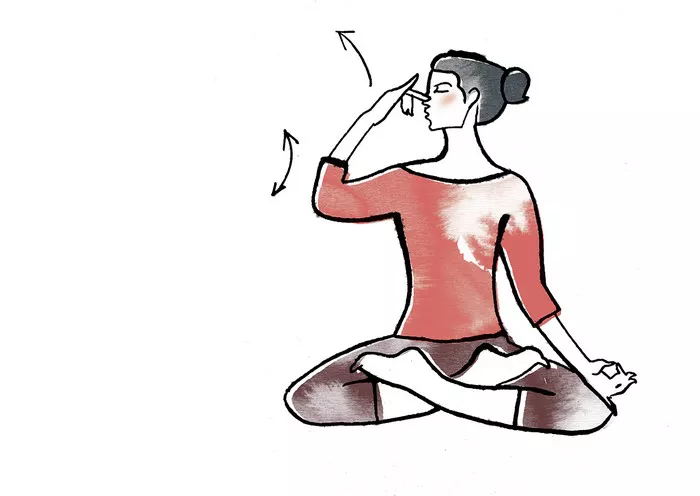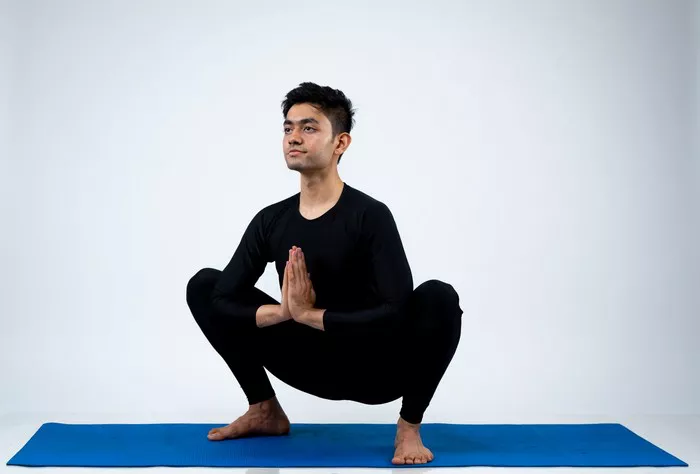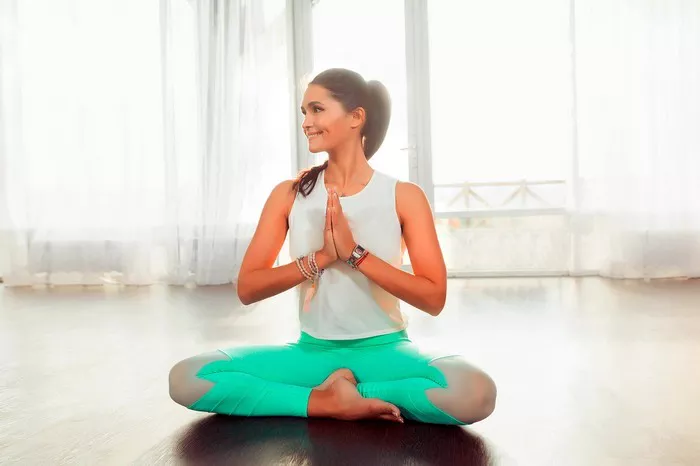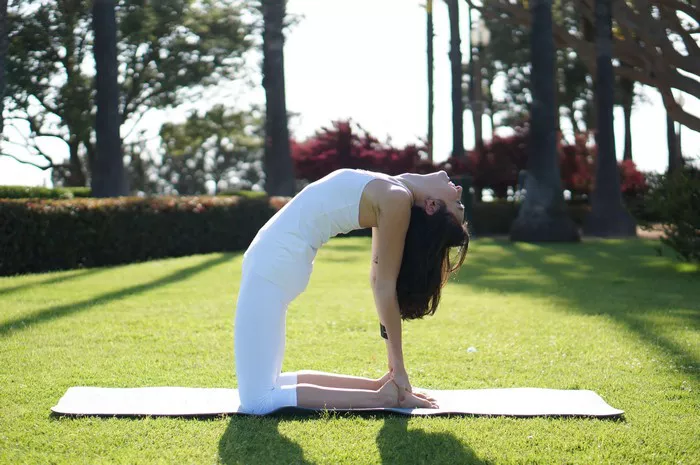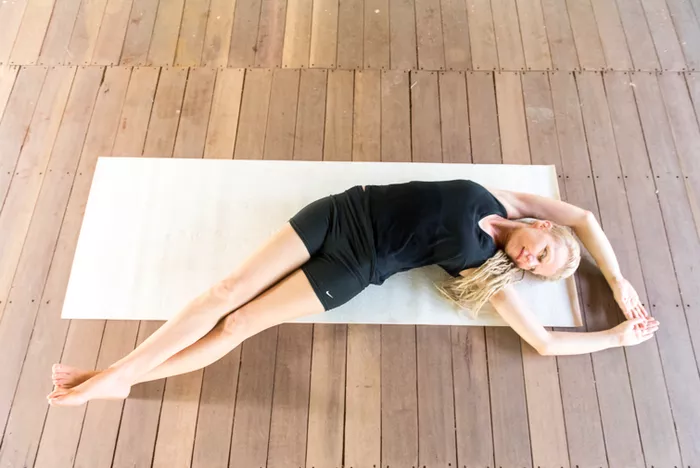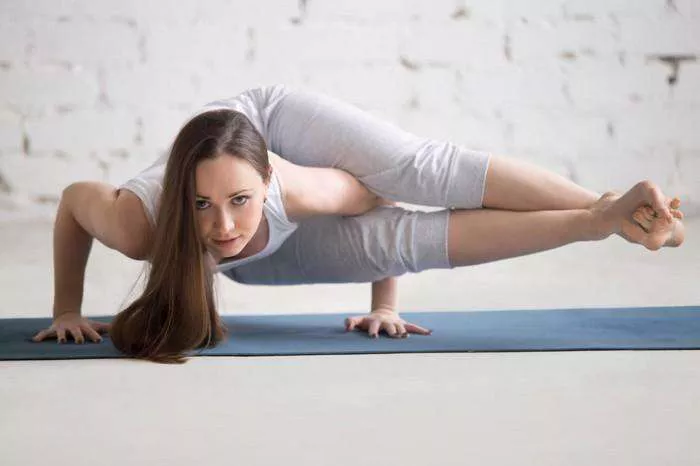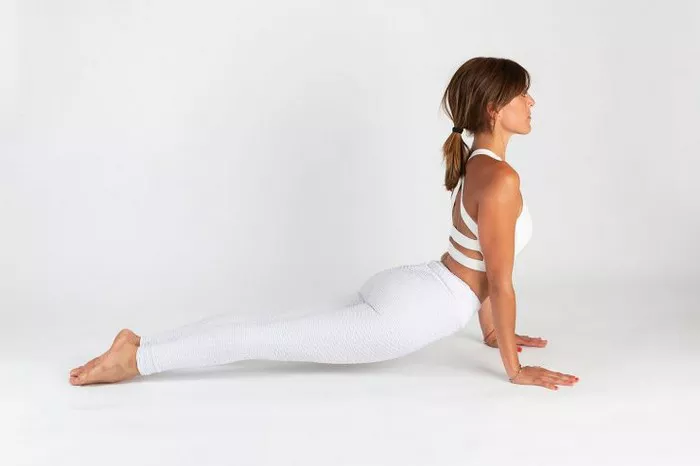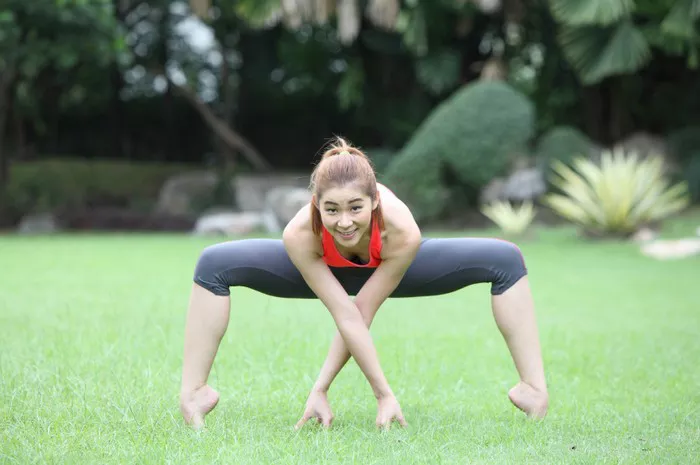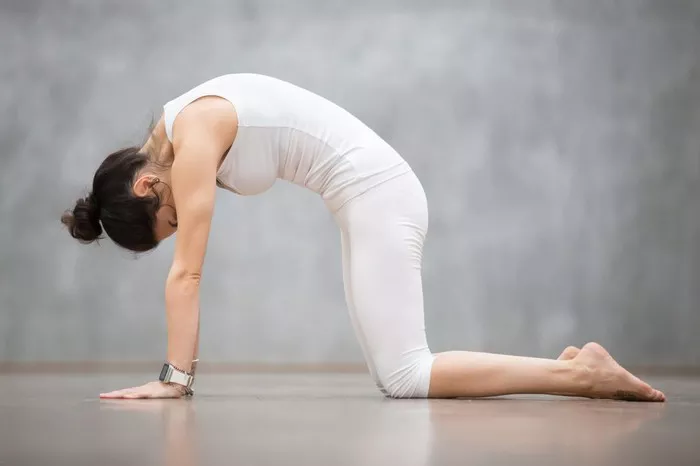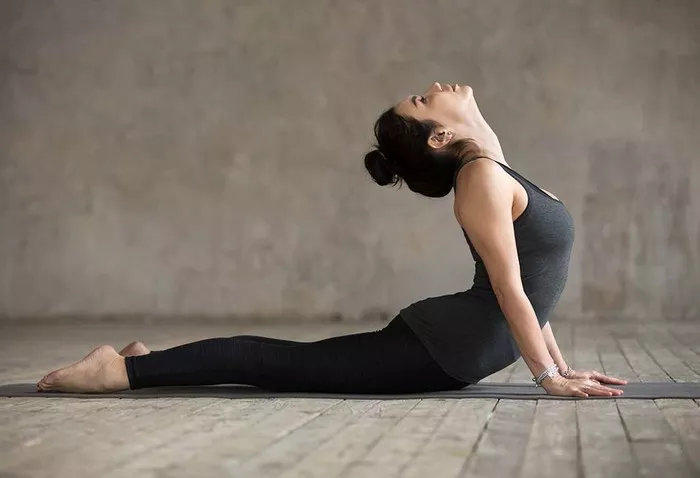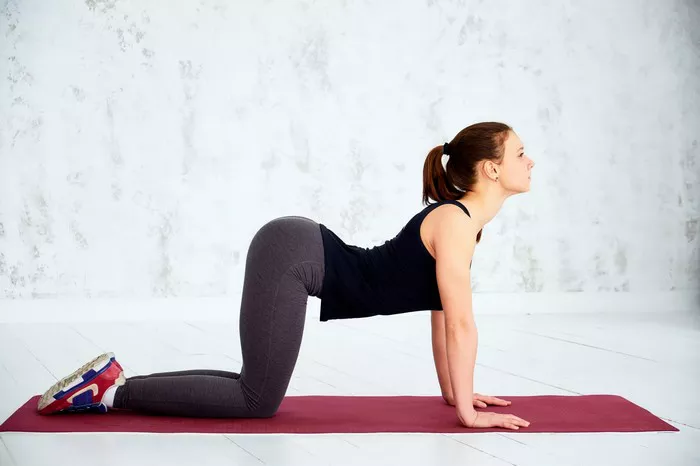Among the vast array of yoga styles, Hatha Restorative Yoga occupies a unique and special place. It emerges as a gentle yet incredibly profound path that holds the key to relaxation, rejuvenation, and self – discovery. While some yoga styles might emphasize strength – building, flexibility – pushing, or high – energy flows, Hatha Restorative Yoga takes a different route. It beckons practitioners to slow down, to pause in the midst of the chaos, and to engage in a practice that is as much about inner stillness as it is about physical alignment.
The Foundation of Hatha Restorative Yoga
What is Hatha Yoga?
Hatha Yoga, one of the most well – known branches of yoga, serves as the basis for Hatha Restorative Yoga. The term “hatha” is composed of two Sanskrit words: “ha” meaning sun and “tha” meaning moon. Symbolically, Hatha Yoga represents the balance of opposing forces within the body, such as masculine and feminine energies, or active and passive states. It focuses on physical postures (asanas), breathing techniques (pranayama), and meditation to bring about harmony in the mind – body – spirit complex.
The Essence of Restorative Yoga
Restorative Yoga, on the other hand, is a gentle and relaxing form of yoga that uses props such as bolsters, blocks, straps, and blankets to support the body in various poses. The primary goal of Restorative Yoga is to help the body relax deeply, release tension, and restore its natural energy. It is especially beneficial for those who are dealing with stress, fatigue, or physical ailments, as it allows the body to rest and heal without the strain of more strenuous yoga practices.
Combining Hatha and Restorative Elements
Hatha Restorative Yoga combines the physical alignment principles of Hatha Yoga with the deep relaxation techniques of Restorative Yoga. In this practice, the asanas are held for an extended period, typically between 5 – 15 minutes, to allow the body to fully relax and release tension. The use of props in Hatha Restorative Yoga is crucial, as it enables practitioners of all levels, including those with limited flexibility or mobility, to comfortably hold the poses and experience the benefits of deep relaxation.
The Poses of Hatha Restorative Yoga
Savasana (Corpse Pose)
Savasana is perhaps the most well – known and fundamental pose in Hatha Restorative Yoga. In this pose, the practitioner lies flat on their back with their arms and legs slightly apart, palms facing up. The body is completely relaxed, and the mind is focused on the present moment. Savasana helps to calm the nervous system, reduce stress and anxiety, and promote deep relaxation. It is often used as a final pose in a yoga session to allow the body and mind to integrate the benefits of the practice.
Supported Child’s Pose
Supported Child’s Pose is a gentle, relaxing pose that stretches the hips, thighs, and ankles. To perform this pose, the practitioner kneels on the floor with their big toes touching and sits back on their heels. A bolster or a stack of blankets is placed in front of the knees, and the practitioner lowers their upper body onto the bolster, stretching their arms out in front of them. The forehead can rest on the floor or on a block. This pose helps to relieve stress, soothe the mind, and release tension in the back and shoulders.
Reclining Bound Angle Pose (Supta Baddha Konasana)
Reclining Bound Angle Pose is a restorative pose that opens the hips and groin. The practitioner lies on their back with their knees bent and the soles of their feet together. Bolsters or blankets are placed under the thighs to support the legs in an open position. The arms can be relaxed at the sides or placed in a comfortable position on the chest. This pose helps to improve circulation in the pelvic area, relieve menstrual discomfort, and promote relaxation.
Legs – Up – the – Wall Pose (Viparita Karani)
Legs – Up – the – Wall Pose is a simple yet effective restorative pose that has numerous benefits. The practitioner sits with their side against a wall, then swings their legs up the wall, while slowly lowering their back to the floor. A block or a cushion can be placed under the lower back for support. This pose helps to reduce swelling in the legs, improve circulation, and relieve stress and fatigue. It is also beneficial for those with varicose veins or mild back pain.
Supported Bridge Pose
Supported Bridge Pose is a pose that strengthens the back, glutes, and hamstrings while also promoting relaxation. The practitioner lies on their back with their knees bent and feet flat on the floor. A block or a bolster is placed under the sacrum, and the hips are lifted up so that the body forms a bridge shape. The arms can be relaxed at the sides or placed in a comfortable position on the chest. This pose helps to improve posture, relieve back pain, and stimulate the abdominal organs.
The Benefits of Hatha Restorative Yoga
Physical Benefits
Improved Flexibility: The long – held, supported poses in Hatha Restorative Yoga gradually stretch the muscles and connective tissues, leading to increased flexibility over time. This is particularly beneficial for individuals with tight muscles or limited mobility.
Enhanced Circulation: By holding poses that promote relaxation, Hatha Restorative Yoga helps to improve blood circulation throughout the body. This can be especially beneficial for those with circulation problems, such as varicose veins or poor circulation in the extremities.
Relief from Physical Ailments: The gentle nature of Hatha Restorative Yoga makes it suitable for individuals with various physical ailments, such as back pain, joint pain, and fatigue. The use of props allows for modifications that can accommodate different levels of physical ability, making it a safe and effective form of exercise for many people.
Mental and Emotional Benefits
Reduced Stress and Anxiety: Hatha Restorative Yoga activates the parasympathetic nervous system, which is responsible for the body’s “rest and digest” response. This helps to counteract the effects of stress and anxiety, promoting a sense of calm and relaxation.
Improved Sleep Quality: Regular practice of Hatha Restorative Yoga can help to improve sleep quality by reducing stress and promoting relaxation. The deep relaxation achieved during the practice can also help to quiet the mind, making it easier to fall asleep and stay asleep.
Enhanced Mental Clarity and Focus: By focusing on the present moment during the practice of Hatha Restorative Yoga, practitioners can improve their mental clarity and focus. This can have a positive impact on various aspects of daily life, including work, study, and relationships.
Spiritual Benefits
Increased Self – Awareness: Hatha Restorative Yoga provides an opportunity for practitioners to turn their attention inward and become more aware of their thoughts, feelings, and physical sensations. This increased self – awareness can lead to a deeper understanding of oneself and one’s place in the world.
Connection to Something Greater: For many practitioners, Hatha Restorative Yoga is not just a physical practice but also a spiritual one. The deep relaxation and sense of peace achieved during the practice can help to foster a connection to a higher power or a sense of universal energy.
How to Practice Hatha Restorative Yoga
Creating a Comfortable Space
To practice Hatha Restorative Yoga, it is important to create a comfortable and quiet space. This can be a corner of your room, a dedicated yoga studio, or even outdoors in a peaceful natural setting. Make sure the space is free from distractions and has enough room for you to move around and place your props.
Gathering the Necessary Props
As mentioned earlier, props are an essential part of Hatha Restorative Yoga. Some of the basic props you will need include bolsters, blocks, straps, and blankets. Bolsters are used to support the body in various poses, such as in the supported child’s pose or the reclining bound angle pose. Blocks can be used to adjust the height or distance in poses, while straps can help to extend the reach and provide additional support. Blankets can be used for padding or to keep the body warm during relaxation.
Starting with a Gentle Warm – up
Before beginning your Hatha Restorative Yoga practice, it is a good idea to start with a gentle warm – up. This can include simple movements such as neck rolls, shoulder rolls, and gentle twists to prepare the body for the poses. You can also do some gentle breathing exercises to calm the mind and focus your attention.
Choosing the Right Poses
When choosing poses for your Hatha Restorative Yoga practice, consider your physical abilities and any health conditions you may have. Start with a few basic poses and gradually add more as you become more comfortable. It is also important to listen to your body and not push yourself too hard. If a pose causes pain or discomfort, modify it or choose a different pose.
Holding the Poses
In Hatha Restorative Yoga, the poses are held for an extended period. Start with holding each pose for 5 – 7 minutes and gradually increase the time as you become more accustomed to the practice. During the pose, focus on your breath and allow your body to relax deeply. If your mind wanders, gently bring your attention back to your breath and the present moment.
Ending with Savasana
After completing your Hatha Restorative Yoga poses, end your practice with Savasana. Lie down in Savasana and allow your body and mind to fully relax. Stay in this pose for at least 5 – 10 minutes, or longer if possible. This will help to integrate the benefits of the practice and leave you feeling refreshed and rejuvenated.
Conclusion
Hatha Restorative Yoga is a beautiful and powerful practice that offers a wealth of physical, mental, emotional, and spiritual benefits. By combining the physical alignment of Hatha Yoga with the deep relaxation of Restorative Yoga, it provides a gentle yet effective way to reduce stress, improve flexibility, enhance circulation, and promote overall well – being. Whether you are a beginner or an experienced yogi, Hatha Restorative Yoga can be a valuable addition to your yoga practice. So, take the time to create a comfortable space, gather your props, and embark on a journey of self – discovery and relaxation with Hatha Restorative Yoga.
Related Topics




